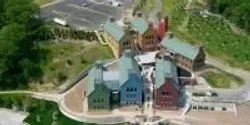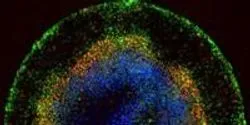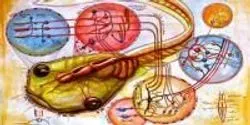Biology

Using spider toxins to study the proteins that let nerve cells send out electrical signals, Johns Hopkins researchers say they have stumbled upon a biological tactic that may offer a new way to protect crops from insect plagues in a safe and environmentally responsible way.

Scientists from North Carolina State University and the University of Florida have combined cookies, citizen science and robust research methods to track the diversity of ant species across the United States, and are now collaborating with international partners to get a global perspective on how ants are moving and surviving in the modern world.

Cold Spring Harbor Laboratory (CSHL) today (July 7) announced a $50 million gift from Jim and Marilyn Simons to establish the Simons Center for Quantitative Biology. The Center will support research and education programs at one of the world’s leading independent biomedical research institutions, a birthplace of molecular biology and one of the first institutions in the world to recognize the importance of quantitation in the life sciences.

About seven days after conception, something remarkable occurs in the clump of cells that will eventually become a new human being. They start to specialize. They take on characteristics that begin to hint at their ultimate fate as part of the skin, brain, muscle or any of the roughly 200 cell types that exist in people, and they start to form distinct layers.

Bacteria are a pervasive and elusive bunch. Scientists estimate that between 10 million and 1 billion different microbial species populate the world, yet only a handful of them have so far been identified. Why? Because the overwhelming majority of microbes refuse to grow in the laboratory. This is despite decades of scientists’ best efforts at coaxing the microscopic organisms into action.

During the past few decades, the field of biology has dramatically expanded, incorporating many diverse sub-disciplines and specialty areas, such as microbiology and evolutionary biology. However, teaching biology to undergraduate students has not kept pace with the changes, and core biology curriculum varies widely from university to university and classroom to classroom.














